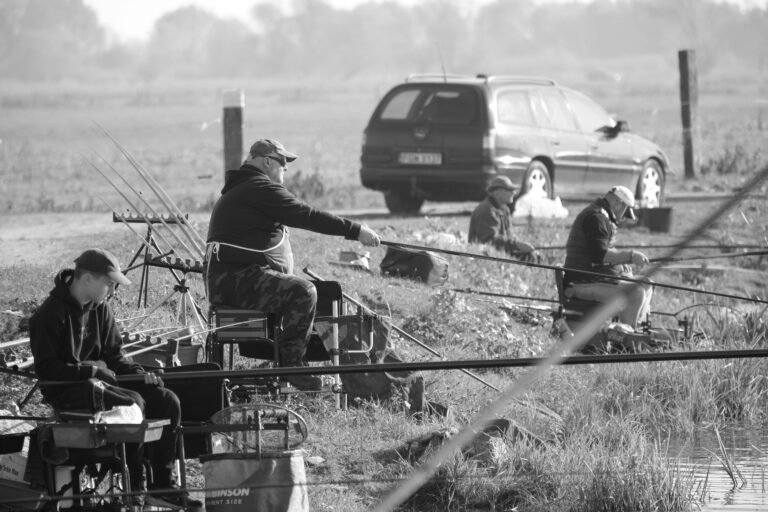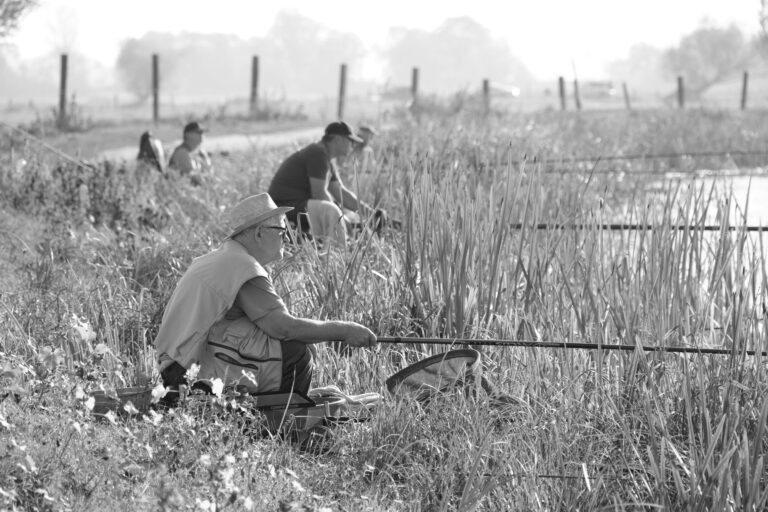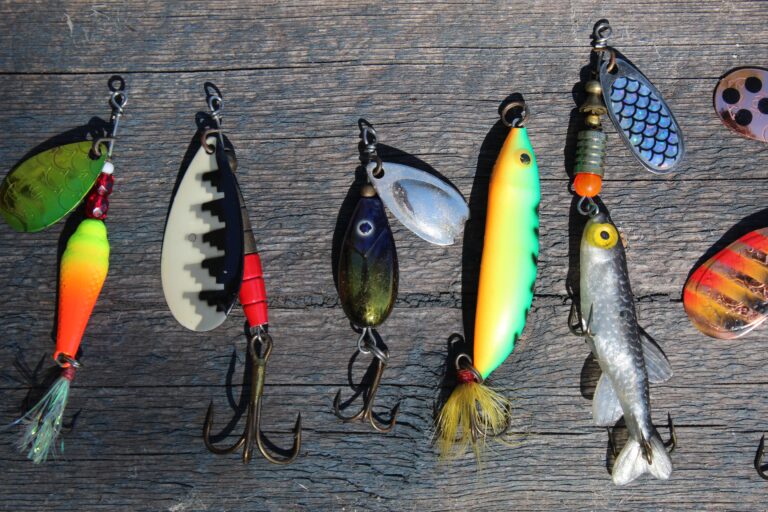Coarse fishing rods are the backbone of any angler’s tackle, providing the essential tool for casting, hooking, and battling fish in freshwater environments. With various types of rods available, each designed for specific fishing techniques and target species, choosing the right coarse fishing rod is crucial for a successful angling experience. In this guide, we will explore the different types of coarse fishing rods, their key components, and the fish species they are best suited for.
Table of Contents
Parts of a Coarse Fishing Rod
Understanding the key components of a coarse fishing rod is vital for selecting the appropriate rod for your angling needs. Here are the main parts:
- Handle – The handle, also known as the grip, provides comfort and control while casting and fighting fish. Handles are commonly made of cork, EVA foam, or a combination of materials.
- Reel Seat – Located above the handle, the reel seat is where the fishing reel is securely attached to the rod. Reel seats come in various styles, such as fixed reel seats or screw-locking reel seats.
- Guides – Located above the handle, the reel seat is where the fishing reel is securely attached to the rod. Reel seats come in various styles, such as fixed reel seats or screw-locking reel seats.
- Blank – The blank refers to the main body of the rod, made from materials such as fiberglass, carbon fiber, or a combination of both. The blank of the rod influences its strength, flexibility, and sensitivity.
Types of Coarse Fishing Rods
Match Rods
Match rods are designed for float fishing and are popular in competitive coarse angling. They are lightweight, long, and offer excellent casting accuracy. Match rods excel in precise presentation of baits and are suitable for targeting species like roach, bream, tench, and carp. They are often used in stillwaters, rivers, and canals.
Feeder Rods
Feeder rods are specifically designed for fishing with a feeder setup, where bait is delivered to the fishing spot through a feeder device. These rods are characterized by their robust build, powerful backbone, and sensitive tips. Feeder rods are commonly used for species like bream, barbel, chub, and carp. They are ideal for fishing in rivers, lakes, and larger stillwaters.
Quiver Tip Rods
Quiver tip rods, also known as ledgering rods, feature sensitive tips designed to detect the slightest movement or bite. They are suited for ledgering techniques where the rod remains stationary while waiting for fish to take the bait. Quiver tip rods are versatile and can be used for various coarse fish species, including roach, perch, bream, and even smaller carp. They are commonly used in lakes, canals, and rivers.
Spinning Rods
Spinning rods are primarily associated with predatory fish species such as pike, perch, and zander. These rods are designed for casting and retrieving artificial lures, offering excellent sensitivity and casting accuracy. Spinning rods are typically shorter and have a fast action to handle the aggressive strikes and powerful fights of predatory fish. They are suitable for fishing in rivers, lakes, and reservoirs.
Choosing the Right Coarse Fishing Rod
When it comes to selecting the right coarse fishing rod, several factors need to be considered to ensure an optimal fishing experience. Consider these additional factors when making your decision:
Fishing Technique
Determine the fishing technique you prefer or plan to explore. Different coarse fishing rods are designed to excel in specific techniques such as float fishing, feeder fishing, quiver tip fishing, or spinning. Understanding your preferred method will help narrow down your options.
Targeted Fish Species
Consider the fish species you intend to target. Each species may require different rod specifications based on their size, fighting strength, and preferred habitats. For instance, if you plan to pursue larger carp, a powerful rod capable of handling their size and strength will be essential. On the other hand, if you’re targeting smaller fish like roach or perch, a lighter rod with greater sensitivity may be more appropriate.
Fishing Environment
Take into account the fishing environment where you’ll be predominantly fishing. Different fishing locations, such as rivers, lakes, canals, or reservoirs, may have varying characteristics that impact rod selection. For example, in rivers with strong currents, a sturdier rod may be necessary to handle the additional pressure, while in smaller stillwaters, a more sensitive rod may be preferred for detecting subtle bites.
Rod Length and Action
Consider the length and action of the rod. Longer rods provide increased casting distance and better line control, making them suitable for larger bodies of water or situations where longer casts are required. Shorter rods, on the other hand, offer greater maneuverability and control, making them ideal for confined spaces or precision casting. The action of the rod refers to its flexibility and how it responds to pressure. Fast-action rods are stiffer and provide greater casting power, while slow-action rods are more flexible and offer enhanced sensitivity.
Budget
Set a budget that aligns with your needs and expectations. Coarse fishing rods come in a wide price range, and while higher-end models may offer advanced features and superior construction, there are also quality options available at more affordable price points. Consider your budget and aim for the best value for money within that range.
Test the Rod
Whenever possible, try to handle or test the rod before making a purchase. Visit a local tackle shop or attend angling events where you can get a feel for different rods. This hands-on experience will give you a better sense of the rod’s weight, balance, and overall comfort.
Summary
Coarse fishing rods are essential tools that allow anglers to enjoy the thrill of freshwater fishing while targeting a variety of fish species. By understanding the different types of rods available, their components, and their suitability for specific fishing techniques and fish species, you can make an informed decision when selecting the perfect coarse fishing rod for your angling adventures.
Remember, each type of rod has its unique strengths and is best suited for specific fishing scenarios. Whether you prefer float fishing with a match rod, feeder fishing with precision using a feeder rod, or detecting subtle bites with a quiver tip rod, there’s a coarse fishing rod that will enhance your angling experience and help you reel in that prized catch. Happy fishing!




